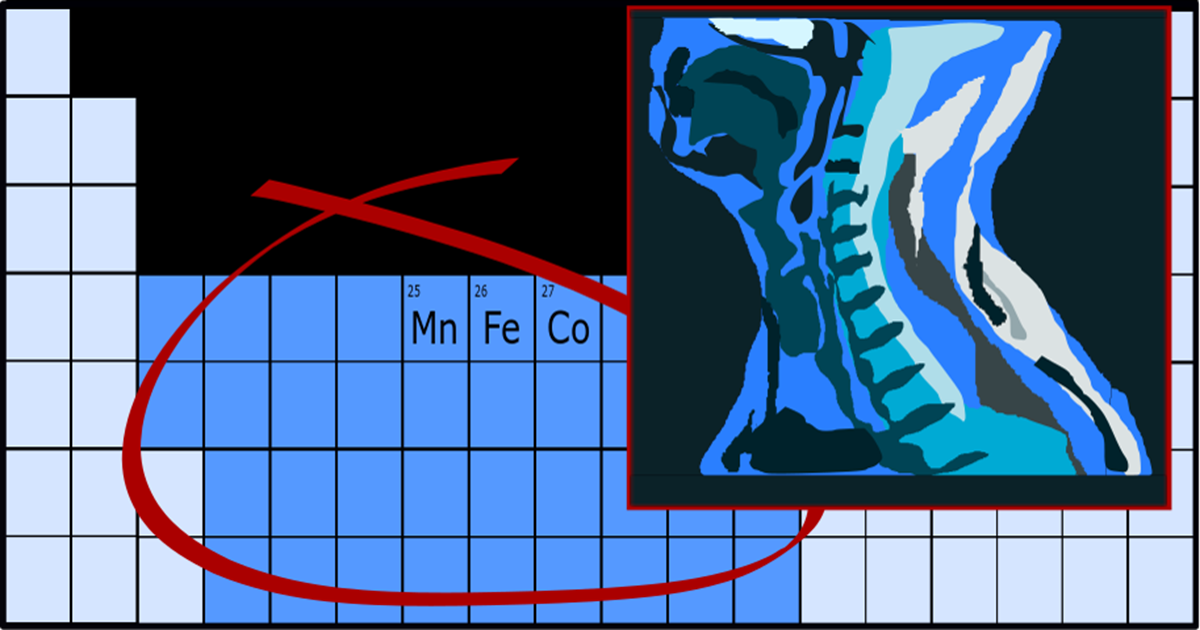- 2.5Impact Factor
- 4.6CiteScore
- 17 daysTime to First Decision
Transition-Metal Contrast Agents for MRI
This special issue belongs to the section “Magnetic Resonances“.
Special Issue Information
Dear Colleagues,
MRI contrast agents are routinely used in MRI examinations for diagnosis in the clinic and are essential to modern diagnostic techniques. By far, the majority of these agents are coordination complexes of Gd(III), which exhibit high magnetic susceptibility and impart contrast by enhancing the relaxation rate of surrounding water protons. However, growing safety concerns over the use of lanthanide-based contrast agents has led the drive to find alternatives to gadolinium-based MRI agents due to links with nephrogenic systemic fibrosis and reports of Gd(III) retention in the brains and bone of patients receiving multiple doses.
One approach is to look to endogenous transition metal ions as alternatives. Several strategies can be used to achieve contrast in proton MRI using transition metal ions, including conventional relaxivity agents, which exploit paramagnetic relaxation enhancement, and paraSHIFT agents, for which paramagnetic hyperfine shifts are induced by anisotropic magnetic susceptibility. Spin changes can be induced with an external stimulus using transition metal chemistry in pursuit of switchable contrast agents for imaging biochemical processes. This Special Issue of Magnetochemistry aims to publish a collection of research contributions of recent work in the development, study, and understanding of transition metal contrast agents for MRI.
You may choose our Joint Special Issue in Applied Sciences.
Dr. Nicola J. Rogers
Prof. Dr. Janet R. Morrow
Guest Editors
Manuscript Submission Information
Manuscripts should be submitted online at www.mdpi.com by registering and logging in to this website. Once you are registered, click here to go to the submission form. Manuscripts can be submitted until the deadline. All submissions that pass pre-check are peer-reviewed. Accepted papers will be published continuously in the journal (as soon as accepted) and will be listed together on the special issue website. Research articles, review articles as well as short communications are invited. For planned papers, a title and short abstract (about 250 words) can be sent to the Editorial Office for assessment.
Submitted manuscripts should not have been published previously, nor be under consideration for publication elsewhere (except conference proceedings papers). All manuscripts are thoroughly refereed through a single-blind peer-review process. A guide for authors and other relevant information for submission of manuscripts is available on the Instructions for Authors page. Magnetochemistry is an international peer-reviewed open access monthly journal published by MDPI.
Please visit the Instructions for Authors page before submitting a manuscript. The Article Processing Charge (APC) for publication in this open access journal is 2200 CHF (Swiss Francs). Submitted papers should be well formatted and use good English. Authors may use MDPI's English editing service prior to publication or during author revisions.
Keywords
- magnetic resonance imaging
- contrast agents
- relaxivity
- paraSHIFT
- paraCEST
- transition metal ions

Benefits of Publishing in a Special Issue
- Ease of navigation: Grouping papers by topic helps scholars navigate broad scope journals more efficiently.
- Greater discoverability: Special Issues support the reach and impact of scientific research. Articles in Special Issues are more discoverable and cited more frequently.
- Expansion of research network: Special Issues facilitate connections among authors, fostering scientific collaborations.
- External promotion: Articles in Special Issues are often promoted through the journal's social media, increasing their visibility.
- e-Book format: Special Issues with more than 10 articles can be published as dedicated e-books, ensuring wide and rapid dissemination.

